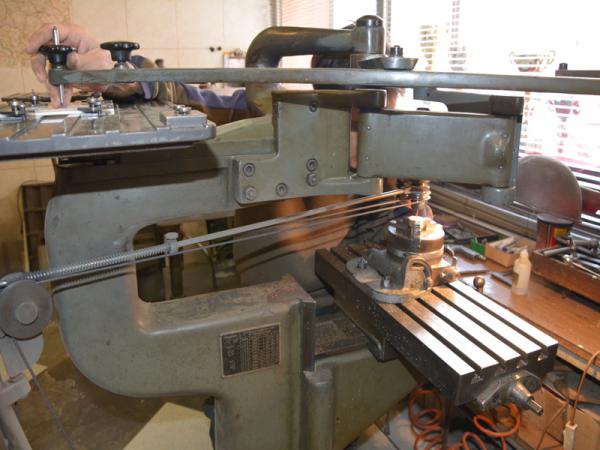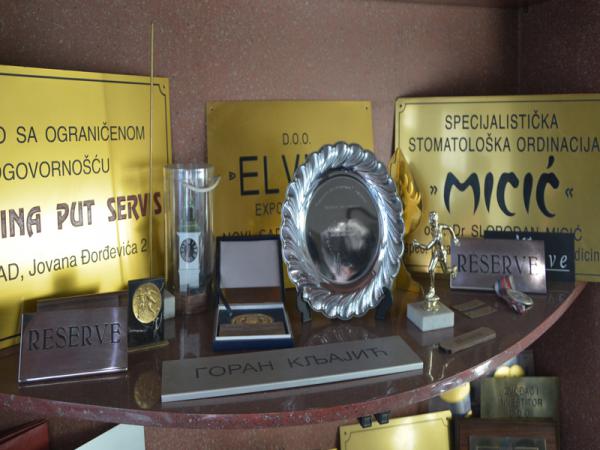Engraving is the practice of incising a design onto a hard, usually flat surface, by cutting grooves into it. The result may be a decorated object in itself, as when silver, gold, steel, or glass are engraved, or may provide an intaglio printing plate, of copper or another metal, for printing images on paper as prints or illustrations; these images are also called engravings.
Engraving was a historically important method of producing images on paper in artistic printmaking, in mapmaking, and also for commercial reproductions and illustrations for books and magazines. It has long been replaced by various photographic processes in its commercial applications and, partly because of the difficulty of learning the technique, is much less common in printmaking, where it has been largely replaced by etching and other techniques.
Traditional engraving, by burin or with the use of machines, continues to be practiced by goldsmiths, glass engravers, gunsmiths and others, while modern industrial techniques such as photoengraving and laser engraving have many important applications.
Other terms often used for printed engravings are copper engraving, copper-plate engraving or line engraving. Steel engraving is the same technique, on steel or steel-faced plates, and was mostly used for banknotes, illustrations for books, magazines and reproductive prints, letterheads and similar uses from about 1790 to the early 20th century, when the technique became less popular, except for banknotes and other forms of security printing. Especially in the past, "engraving" was often used very loosely to cover several printmaking techniques, so that many so-called engravings were in fact produced by totally different techniques, such as etching or mezzotint.
Each graver is different and has its own use. Engravers use a hardened steel tool called a burin, or graver, to cut the design into the surface, most traditionally a copper plate. However, modern hand engraving artists use burins or gravers to cut a variety of metals such as silver, nickel, steel, brass, gold, titanium, and more. Dies used in mass production of molded parts are sometimes hand engraved to add special touches or certain information such as part numbers.
In addition to hand engraving, there are engraving machines that require less human finesse and are not directly controlled by hand. They are usually used for lettering, using a pantographic system. There are versions for the insides of rings and also the outsides of larger pieces. Such machines are commonly used for inscriptions on rings, lockets and presentation pieces.
Source: Wikipedia






